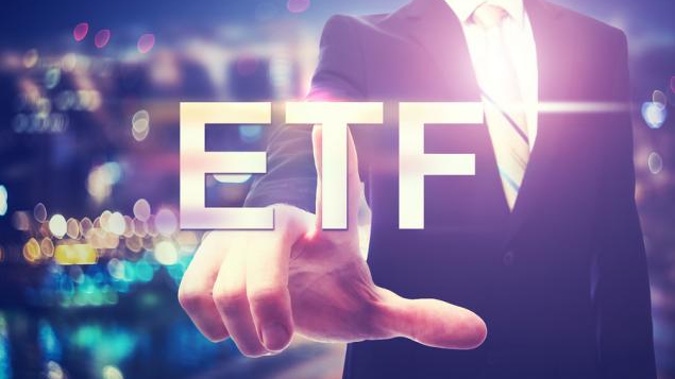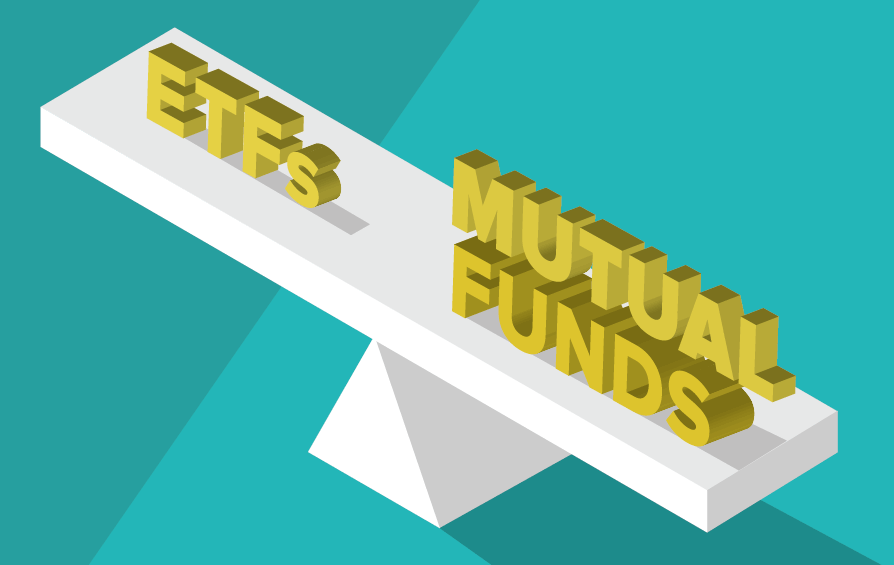Would it be a good idea for you to invest into the Invesco Dynamic Semiconductors ETF (PSI)?
In case you’re keen on expansive openness to the Technology – Semiconductors fragment of the equity market, look no farther than the Invesco Dynamic Semiconductors ETF (PSI), an inactively overseen exchange traded fund dispatched on 06/23/2005.
Retail and institutional investors progressively go to inactively oversaw ETFs since they offer low expenses, straightforwardness, adaptability, and duty proficiency; these sort of assets are likewise fantastic vehicles for long haul financial backers.
Area ETFs are likewise funds of comfort, offering numerous approaches to acquire generally safe and broadened openness to a general gathering of organizations specifically areas. Innovation – Semiconductors is one of the 16 wide Zacks areas inside the Zacks Industry order. It is as of now positioned 10, putting it in base 38%.
Index Details
The asset is supported by Invesco. It has amassed resources more than $661.02 million, making it one of the normal estimated ETFs endeavoring to coordinate with the exhibition of the Technology – Semiconductors portion of the value market. PSI looks to coordinate with the exhibition of the Dynamic Semiconductor Intellidex Index before charges and costs.
The file is included supplies of semiconductor organizations. The Index is intended to give capital appreciation by completely assessing organizations dependent on an assortment of speculation merit rules, including basic development, stock valuation, venture practicality and hazard factors.
Costs
Expense ratios are a significant factor in the arrival of an ETF and in the long haul, less expensive assets can altogether beat their more costly partners, different things continuing as before.
Annual operating expenses for this ETF are 0.57%, making it comparable to most friend items in the space.
It has a year following profit yield of 0.15%.
Sector Exposure and Top Holdings
ETFs offer a broadened openness and along these lines limit single stock danger yet dive into an asset’s property prior to contributing. Most ETFs are exceptionally straightforward items and many reveal their possessions consistently.
This ETF has heaviest designation in the Information Technology area – around 97.10% of the portfolio.
Taking a gander at individual possessions, Advanced Micro Devices Inc (AMD) represents around 5.88% of complete resources, trailed by Qualcomm Inc (QCOM) and Broadcom Inc (AVGO).
The best 10 property represent around 46.05% of all out resources under administration.
Performance and Risk
The ETF return is generally 19.69% and it’s up roughly 58.23% so far this year and in the beyond one year (starting at 10/07/2021), individually. PSI has exchanged somewhere in the range of $77.72 and $136.46 during this most recent 52-week time frame.
The ETF has a beta of 1.27 and standard deviation of 37.39% for the following three-year time frame, settling on it a high danger decision in the space. With around 31 property, it has more focused openness than peers.
Alternatives
Invesco Dynamic Semiconductors ETF holds a Zacks ETF Rank of 1 (Strong Buy), which depends on expected resource class return, cost proportion, and energy, among different components. Along these lines, PSI is an incredible alternative for financial backers looking for openness to the Technology ETFs section of the market. There are other extra ETFs in the space that financial backers could consider also.
VanEck Semiconductor ETF (SMH) tracks MVIS US Listed Semiconductor 25 Index and the iShares Semiconductor ETF (SOXX) tracks PHLX SOX Semiconductor Sector Index. VanEck Semiconductor ETF has $5.98 billion in resources, iShares Semiconductor ETF has $7.11 billion. SMH has a cost proportion of 0.35% and SOXX charges 0.43%.
Main concern
To find out about this item and different ETFs, screen for items that match your venture goals and read articles on most recent advancements in the ETF contributing universe, if it’s not too much trouble, visit Zacks ETF Center.


